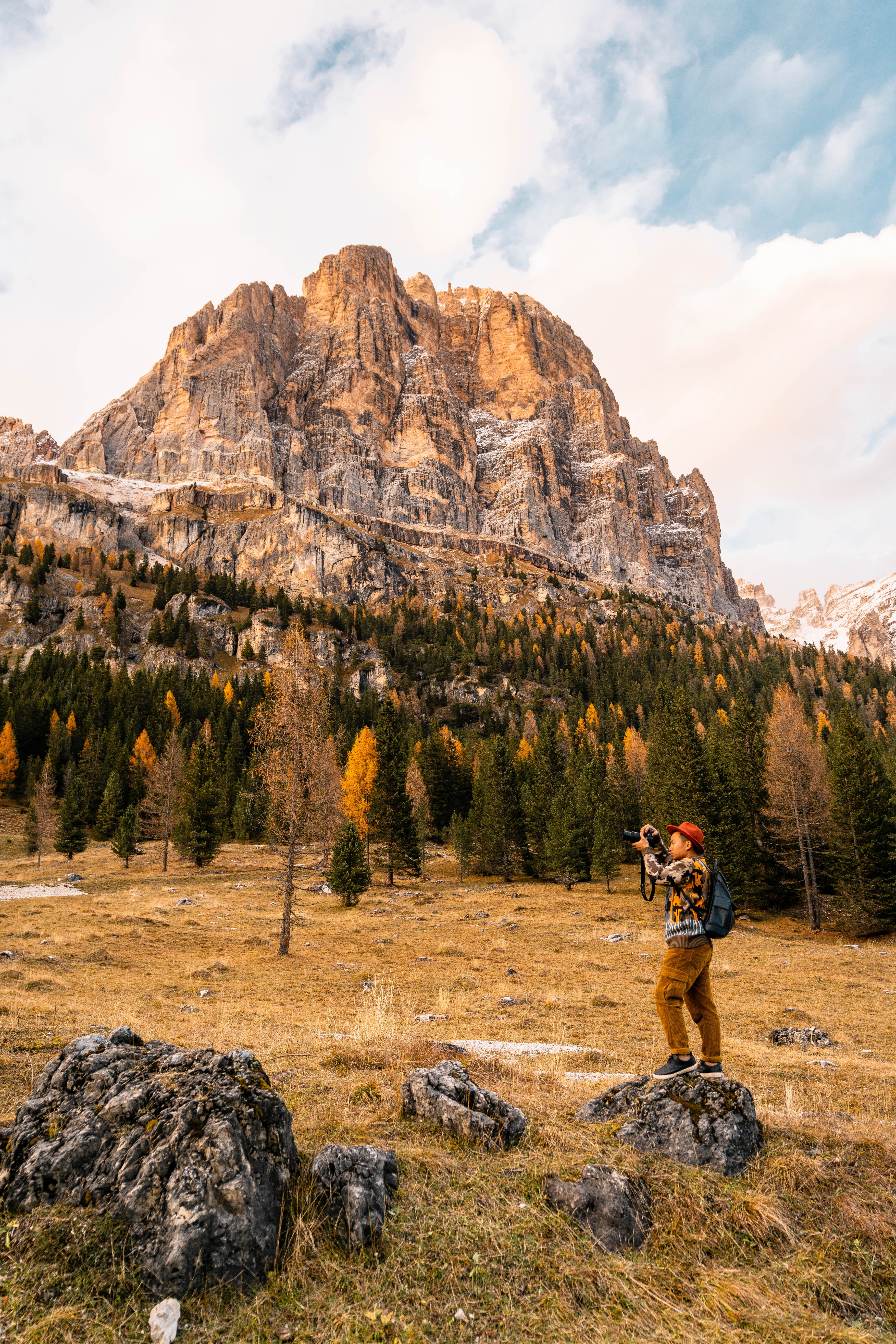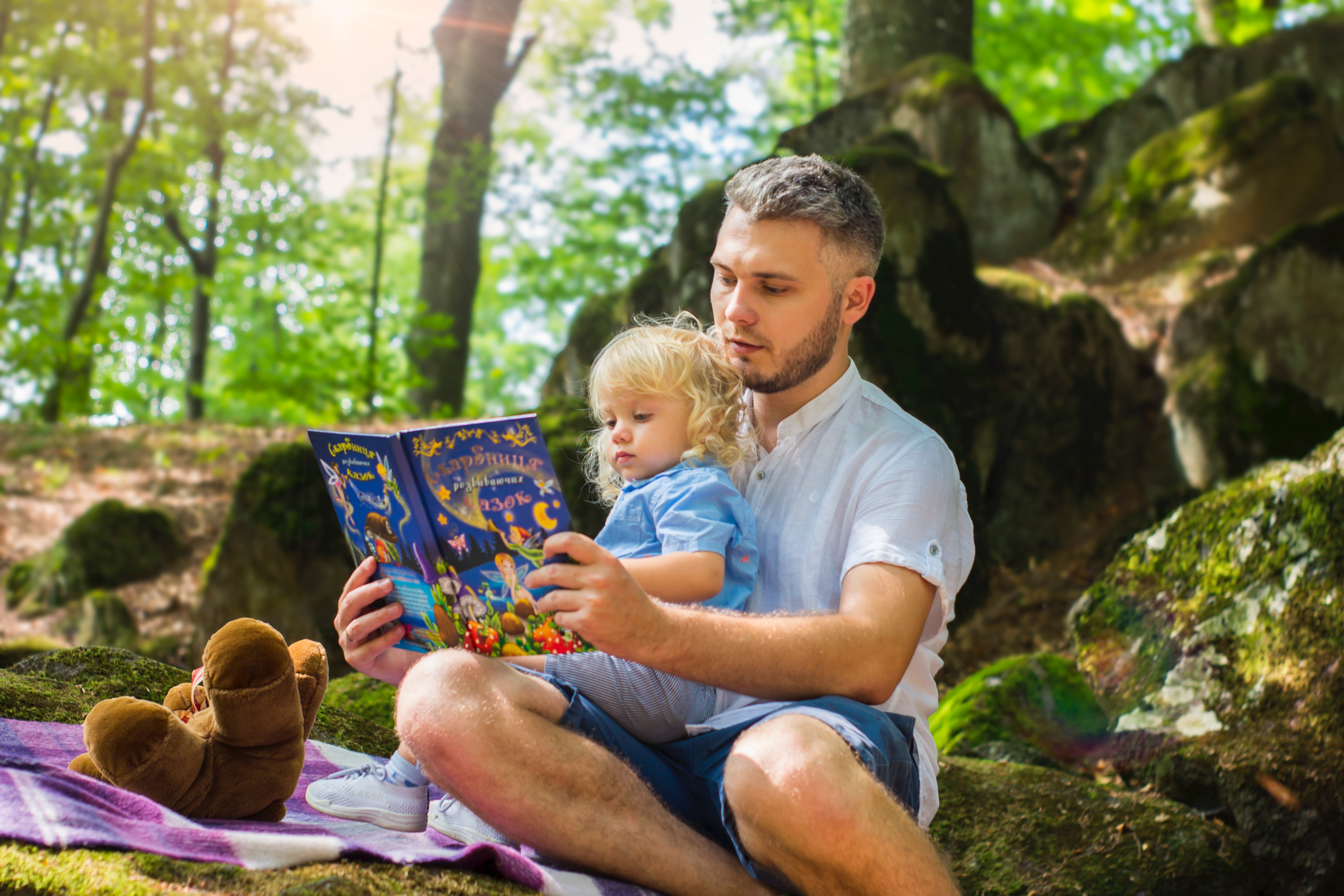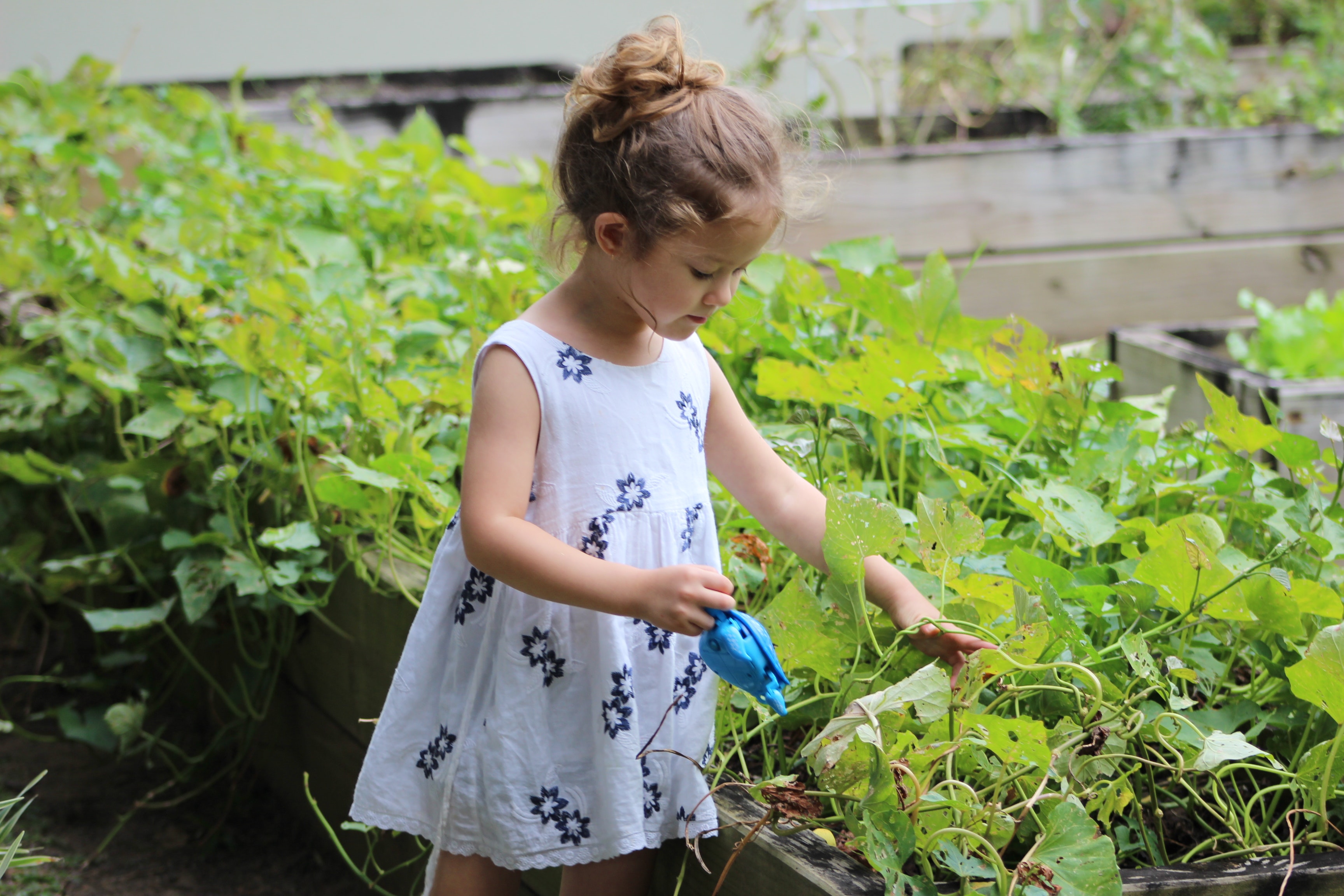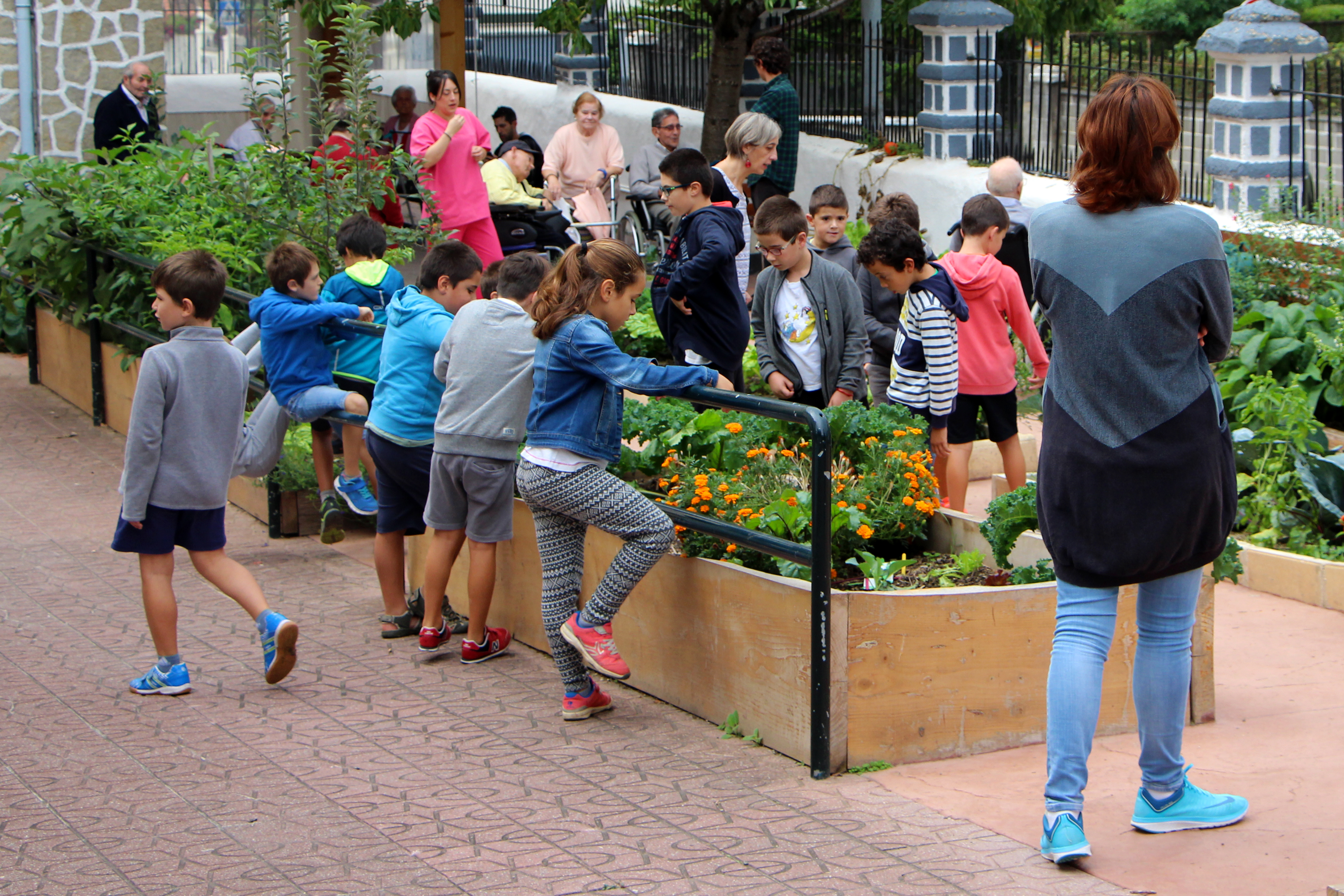My Environment, Learning Scenario
The word “landscape” evokes the paintings made by artists who have materialized on a canvas what they have observed in a valley, a lake, a river, a city, or a village. In other words, what they have observed in a landscape.
By contemplating a painting which represents a landscape we transport to a different place. It takes us to the setting we are observing and somehow that can even manage to transmit sensations to us.
Current geography has given the word “landscape” a very broad use, it presents it as a concept of spatial analysis which makes it possible to see the whole without breaking down its elements. Some of these material elements are of natural origin, others are of human origin, and in both cases knowing the landscape also implies studying what these elements mean culturally. Keeping together the environmental and cultural variables is a characteristic that is part of the essence of geography.

Photographing a landscape
Photograpgy: pexels.com
We could say that through the observation of a landscape we manage to interpret its physical characteristics, we contemplate all the elements that conform it, and we reflect on the value of them as a whole. The landscape tells us the story of the passage of time, and sometimes it also whispers the modifications it has suffered due to human action. The complex coexistence between nature and the human being is then perceived, which will take the observer towards a state of reflection about his or her environment.
“The landscape is an educational resource that offers us many possibilities to learn different kinds of knowledge.”

Reading in nature
Photography: Pexels.com
Which is why it is commonly used in Primary Schools to teach subjects such as Social Sciences and Natural Sciences. Environmental education entails its purpose on “the practice, decision making, and in the building of a behavioral code in regard to issues related with the quality of the environment” as well as issues regarding our life quality. Environmental education seeks to change our habits, as well as produce a deep change in the self-regulation of our behavior.
It must start with spreading knowledge about the huge ecological problems our environment is suffering from, which at the same time must generate in each individual: Concern about the impact their actions have on the environment, as well as make them wonder about how they should act in order to reduce their negative impact on the environment… when that happens, the individual will be ready to receive instructional guidance regarding good practices that they must adopt in order to reduce his or her consumption of resources, while generating as little waste as possible. If we spread this knowledge and principles through educational communities, from schools to universities, from public to private institutions, where day to day negative impacts to the environment are generated… then environmental education becomes a critical factor of cultural change.

Watering plants
Photography: Pexels.com
We talked about how the landscape is a didactical element, concluding that the landscape represents a combination of natural and human elements which coexist together at all times. In that sense, if we for instance intertwine environmental education with the immediate environment of the children at a particular school, then we would be transforming the behavior of that learning community. This would take that school or institution towards a path of cultural change and a strengthening of values, which will help create a more conscious society based on reflection and committed to action. People’s behavior is profoundly influenced by their environment. Their actions are determined by the conditions which surround them, inspiring good behavior in individuals as long as their immediate environment is always congruent with the principles of responsible environment management. Thus, the leaders of a school or institution must transform their culture to inspire a more sustainable attitude.









